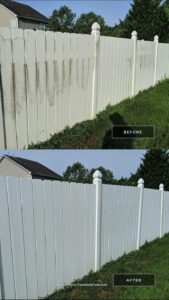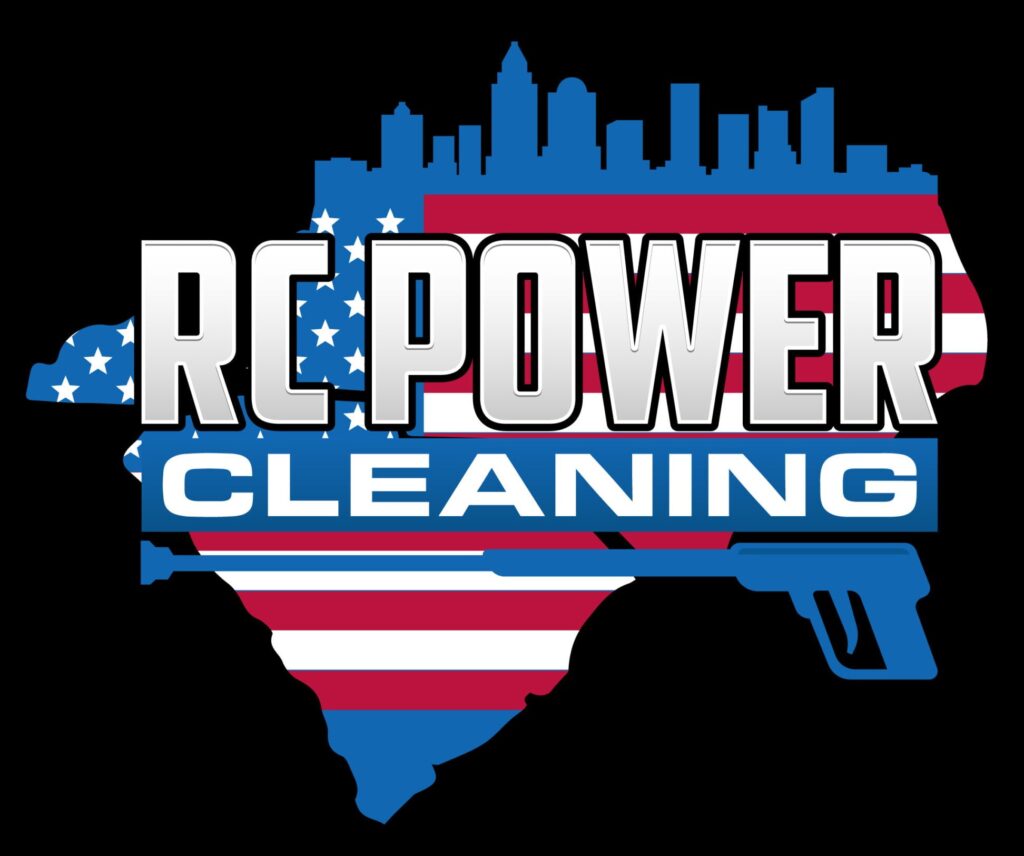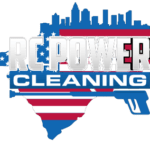Summer in Rock Hill is the perfect time to revive your fence and enhance your outdoor living space. With increased outdoor activities and family gatherings, a clean fence can elevate your yard’s appearance and protect your investment. At RC Power Washing, we’ve helped countless homeowners in York County refresh their fences and boost curb appeal.
This guide walks you through everything you need to know about how to pressure wash a fence, from choosing the right pressure washer to post-wash care, to transform your fence safely and effectively.
Why Summer Is the Best Season for Fence Cleaning
Rock Hill summers are warm and generally dry, creating ideal conditions for pressure washing. The heat helps your fence dry quickly, preventing regrowth of mold or mildew. It also aligns perfectly with outdoor living trends—when you pressure wash a fence in summer you ensure it looks its best for pool parties, barbecues, and family gatherings. Plus, summer cleaning sets you up for an easy coat of stain or sealant once the wood is fully dry.
Soft Wash vs. Pressure Wash: Which Is Right for Your Fence?

Understanding the difference between pressure washing and soft washing is crucial. Pressure washing uses high-pressure water to blast away dirt, mildew, and old finishes—ideal for sturdy vinyl, metal, and new wood fences. Soft washing, by contrast, uses low-pressure sprays and gentle, eco-friendly detergents. This method is safer for older or delicate wood, preventing damage while still removing organic growth. In Rock Hill’s humid climate, selecting the correct method helps ensure a clean fence without compromising its integrity.
Tools and Preparation Checklist
Before you get started, gather all the necessary tools and safety gear. You’ll need a pressure washer (ideally 1,300–3,000 PSI), a variety of nozzles, and a low-pH wood cleaner if needed. Safety should always come first—wear goggles, gloves, and closed-toe shoes to protect yourself. Clear away any obstacles, move furniture or planters, and inspect the fence to address loose boards or nails before starting.
How to Pressure Wash a Fence: Step-by-Step Process
Getting professional results starts with following the right process. Here’s how tp pressure wash a fence to ensure your fence is cleaned safely and thoroughly.
1. Inspect the Fence First
Before touching the pressure washer, take a few minutes to walk along your fence and check for any damage. Look for loose boards, nails sticking out, rot, or areas that look particularly weathered. Repair anything unstable first. This helps prevent further damage during the wash and ensures better results.
2. Choose the Right Nozzle and Pressure
Different fences need different settings. For most wood fences, we recommend using a 25-degree nozzle to start. It provides enough pressure to clean the surface without stripping the wood. A 15-degree nozzle can be used on tougher grime, but always test in an inconspicuous spot. For vinyl fences, a slightly higher pressure is fine, but never go beyond what your surface can handle.
3. Apply Detergent or Cleaner (If Needed)
If your fence has mold, mildew, algae, or built-up dirt, use a fence-safe detergent. Apply it using the pressure washer’s soap nozzle or a pump sprayer. Make sure the detergent is compatible with your fence type, especially if it’s wood. Let the cleaner sit for 5–10 minutes, but don’t let it dry out under the summer sun.
4. Start Washing: Work Top to Bottom
Begin rinsing with smooth, even strokes, holding the wand 12–18 inches away from the fence. Always work from the top down to avoid streaks and keep dirty water from running over cleaned areas. Keep the wand moving to prevent pressure spots or lines, especially on wood.
5. Use Consistent, Overlapping Strokes
Overlap each pass slightly to ensure even cleaning. Think of it like mowing a lawn—consistent overlapping strokes give the best, streak-free results. Don’t rush; take your time and stay steady to avoid gouging or splintering wood.
6. Rinse Thoroughly and Check for Missed Spots
After the initial wash, do a walk-around and check for areas that may have been missed or need a second pass. Rinse everything thoroughly to remove leftover soap or loosened debris. It’s better to do a second light pass than to blast one area too hard in the first go.
7. Let the Fence Dry Completely
Give your fence at least 24 to 48 hours of drying time, especially in humid Rock Hill summers. This step is essential before applying any wood stain or sealant. Rushing this part can trap moisture, leading to rot or mildew growth down the line.
8. Apply Stain or Sealant (Optional)
Once dry, consider sealing your fence to extend its lifespan. A water-repellent stain or sealant will protect it from UV rays, moisture, and future grime. Summer is the best time for this, as the warm weather helps the product cure evenly.
For homeowners in Rock Hill who prefer expert assistance, we offer professional fence cleaning in Rock Hill, SC, as part of our pressure washing services. Let us take care of the hard work, giving you a beautifully refreshed fence without the stress or hassle.
Common Mistakes to Avoid
Mistakes made when you pressure wash a fence can be costly. Never hold the nozzle too close—this can gouge the wood or peel off paint. Avoid starting with the highest pressure; always begin low and increase slowly. Work from top to bottom to prevent dirt redistribution, and never skip on protective gear. These precautions help you achieve a clean finish without causing damage or injury.
Post-Wash Care and Maintenance Tips
After you pressure wash a fence, let it dry completely before applying any stain or sealant. This not only improves adhesion but also protects the wood from future weathering. Inspect your fence for repairs—cleaned wood reveals rot, cracks, and loose boards clearly. Regular cleaning helps preserve your fence and maintain its visual appeal, especially under York County’s climate stressors.
When It’s Time to Call RC Power Washing


For large fences, old or damaged wood, or heavy staining, a professional touch makes all the difference. At RC Power Washing, we tailor pressure and cleaning solutions to match your fence’s condition. Our team safeguards your landscaping and ensures efficient drying, giving you beautiful, long-lasting results without the hassle.
Frequently Asked Questions (FAQ)
Can you damage old wood when you pressure wash a fence?
Yes—using too high pressure or the wrong nozzle can harm the surface. That’s why we recommend testing and using gentle settings first.
What PSI is safe for vinyl vs. wood?
For vinyl, a higher setting (up to 3,000 PSI) works well. For wood, keep it between 1,300 and 1,800 PSI and use wider nozzles.
How soon can I seal after cleaning?
After a complete wash, allow 24–48 hours drying time before applying stain or sealant for best results.
Is summer cleaning necessary?
Yes—summer’s heat and humidity make mold and mildew more prevalent. Cleaning now keeps your fence looking great all season.
Will my neighbor’s sprinkler cause mildew after washing?
Possibly. After we wash, we can help you set up preventive measures like trimming foliage and adjusting sprinkler timing.
Conclusion
Summer is the ideal time to pressure wash a fence in Rock Hill. With proper preparation, technique, and aftercare, you can achieve a beautifully refreshed fence that stands up to the heat and weather. Whether you choose to do it yourself or hire the experts, clean your fence this season and watch your outdoor space shine.
Ready to give your fence the summer refresh it deserves? Contact RC Power Washing today to schedule your professional pressure washing service and enjoy a clean, refreshed look that lasts.

